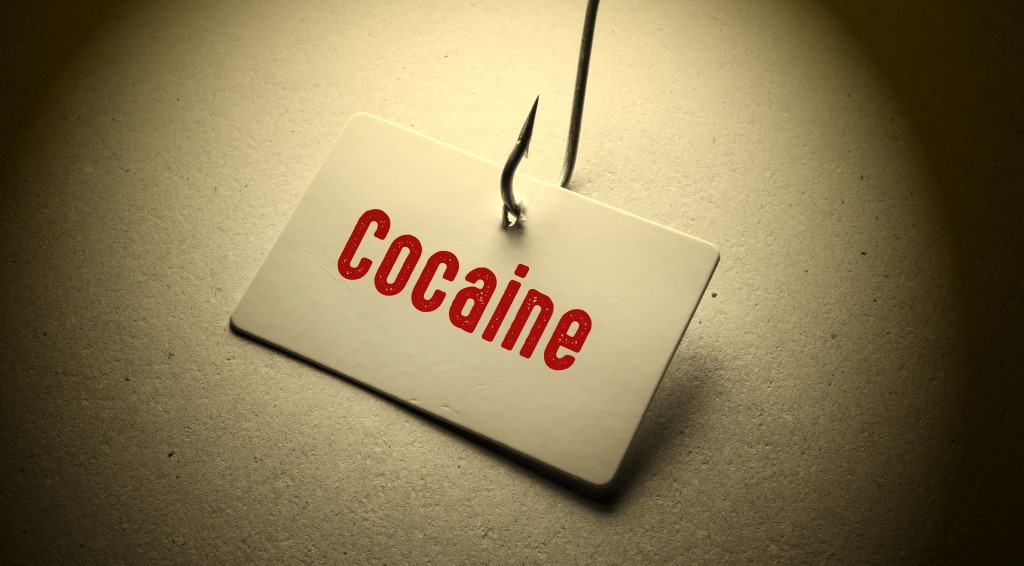Cocaine has long been infamous as a party drug, celebrated for its ability to boost energy and confidence. However, beneath its surface allure lies a potent and dangerous substance that can quickly lead to destructive dependence and addiction. To effectively combat this issue, it is crucial to understand what type of drug cocaine is, recognize its side effects, and know the steps to take if addiction develops.
Is Cocaine a Stimulant?
Yes, cocaine is classified as a central nervous system (CNS) stimulant. Similar to other stimulants like Adderall, Ritalin, methamphetamine, nicotine, and caffeine, cocaine acts on the central nervous system to enhance alertness, energy, and attention. While some stimulants, such as caffeine, are commonly consumed in beverages to boost mental and physical energy, and medications like Adderall are prescribed for ADHD to help improve focus, cocaine is a much more potent and illicit stimulant.
Cocaine Side Effects
While cocaine may initially cause short-term effects such as increased energy and alertness, it also brings a host of dangerous side effects, including:
- Cardiovascular Problems:
- Cocaine raises heart rate and blood pressure, significantly increasing the risk of heart attacks and strokes.
- Long-term use can lead to chronic heart conditions.
- Mental Health Issues:
- Cocaine use can trigger severe anxiety, agitation, and paranoia.
- Over time, users may experience hallucinations and psychosis, further exacerbating mental health issues.
- Circulatory Problems:
- The drug constricts blood vessels, which can lead to poor circulation and damage to vital organs such as the liver, kidneys, and lungs.
- Addiction:
- One of the most critical side effects is its high potential for addiction, leading to significant physical, behavioral, and psychological issues.
The Addictive Nature of Cocaine
Cocaine’s highly addictive nature stems from its rapid and intense effects on the brain. When consumed, cocaine quickly increases the levels of dopamine, a neurotransmitter associated with pleasure and reward, in the brain’s synapses. This surge in dopamine produces the drug’s characteristic high, marked by heightened energy, alertness, and euphoria. However, this high is short-lived, often lasting only 15 to 30 minutes, which prompts users to take repeated doses in a short period to maintain the effects. This cycle of use and crash dramatically heightens the risk of developing a dependence on the drug.
Over time, frequent use of cocaine leads to the development of tolerance, where the user needs to consume larger amounts of the drug to achieve the same euphoric effects. This increasing tolerance can accelerate the progression to addiction, as users escalate their intake, further entrenching the cycle of dependence. Additionally, when not using the drug, individuals may experience withdrawal symptoms such as intense cravings, fatigue, disrupted sleep patterns, and depression. These symptoms can be severe and lead to a compulsion to continue using cocaine to avoid the discomfort of withdrawal.
Addressing Cocaine Addiction
Recognizing the signs of cocaine addiction is critical in initiating the recovery process. Key signs include:
- Increased Tolerance: Needing larger amounts of cocaine to feel the same effects.
- Frequent Cravings: Constantly thinking about and feeling a strong urge to use cocaine.
- Secretive Behavior: Hiding the amount and frequency of cocaine use from others.
- Neglect of Responsibilities: Failing to meet obligations at work, school, or home due to drug use.
- Withdrawal Symptoms: Experiencing physical and psychological symptoms such as fatigue, depression, and disrupted sleep patterns when not using cocaine.
Steps to Address Cocaine Addiction:
- Professional Help:
- Seeking professional treatment is essential. This can include inpatient or outpatient programs that offer medical supervision, therapy, and support.
- Cognitive-behavioral therapy (CBT) is effective in helping individuals recognize and change their patterns of thinking and behavior related to drug use.
- Support Groups:
- Joining support groups like Narcotics Anonymous (NA) can provide encouragement and a sense of community, helping individuals feel less isolated in their recovery journey.
- Healthy Lifestyle Changes:
- Incorporating regular physical activity, such as exercise or yoga, can help manage stress and improve overall well-being.
- Practicing mindfulness and relaxation techniques, like meditation and deep breathing exercises, can reduce anxiety and prevent relapse.
- Continued Monitoring and Support:
- Ongoing counseling and support are crucial for maintaining sobriety and preventing relapse. Regular check-ins with healthcare providers can help monitor progress and address any emerging issues promptly.
Cocaine is a highly addictive stimulant with severe physical and mental health risks. Recognizing the signs of addiction and seeking timely professional help can prevent the long-term consequences of cocaine use. By combining medical treatment, therapy, and lifestyle changes, individuals can successfully overcome cocaine addiction and lead healthier, substance-free lives.
Overcoming Cocaine Addiction
Recovery from cocaine addiction involves several steps:
- Professional Support:
- Seek guidance from addiction treatment professionals who can provide supervision, therapy, and support.
- Therapy and Counseling:
- Engage in individual and group therapy to address the underlying causes of addiction and develop healthy coping mechanisms.
- Healthy Lifestyle Changes:
- Incorporate regular exercise, stress reduction techniques, and a balanced diet to support recovery.
Cocaine is a potent and dangerous stimulant with a high potential for addiction and a range of severe side effects. Recognizing the signs of cocaine abuse and seeking timely help can prevent the worst outcomes and lead to a healthier, addiction-free life. If you or someone you know is struggling with cocaine addiction, it is essential to reach out for support and start the journey toward recovery.




